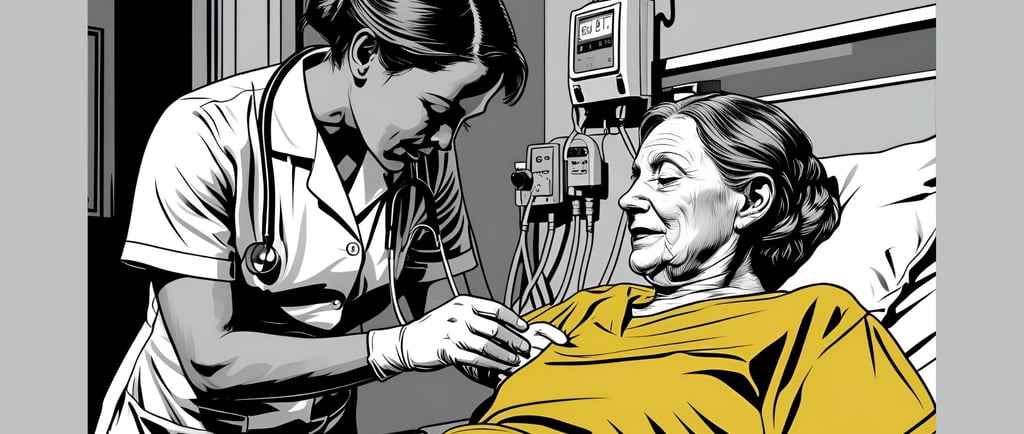No More ‘Just Part of the Job’: New Safety Code for Healthcare Workers
Learn more about Safe Work Australia's new model Code of Practice for the healthcare and social assistance industry—a huge step forward for worker safety in Australia’s largest sector.


Safe Work Australia has recently released a new model code of practice specifically for the healthcare and social assistance industry, an industry that, despite being Australia’s largest and fastest-growing, has long lacked consolidated, tailored guidance on managing WHS risks.
This sector employs over 2 million Australians and faces unique challenges. It has the highest number of work-related injuries of any industry in the country, and its workers’ compensation claim rate is more than double the national average.
What are the risks in this industry?
Healthcare and social assistance workers are exposed to a range of hazards, from musculoskeletal injuries and body stressing to mental stress, bullying, harassment, violence, aggression, and fatigue. These risks are particularly acute in hospitals, aged care, disability support, and in-home care settings.
My own mother in law, who spent many years in disability support sustained many injuries at the hands of volatile clients, including being thrown into a brick wall. She’s now riddled with arthritis, has degenerative discs in her back and has had to retire early because her body is failing her.
The workforce is predominantly female, older on average, and includes many workers from culturally and linguistically diverse backgrounds. There’s a culture of prioritising patient or client safety at the expense of worker safety, with many accepting work-related hazards as “just part of the job.” This is what my own mother in law did for years.
The choice between patient outcomes and worker safety is a false one, with diminishing returns. When our workers are unsafe in this environment, they either mentally or physically burn out, increasing the skills shortages even further.
What’s New in the Code?
This new code is a significant step forward. It provides industry-specific, practical guidance on managing the most common hazards in healthcare and social assistance, including:
Patient handling
Bullying and harassment
Violence and aggression
Fatigue
The code was developed in close consultation with industry and union representatives, ensuring it reflects the real-world challenges faced by workers and employers alike.
What Does This Mean for You?
If you’re an employer or manager in healthcare or social assistance, now is the time to review your current WHS practices and ensure they align with the new code. This is an opportunity to:
Reassess your risk management strategies
Engage with your workforce about safety concerns
Foster a culture where worker safety is seen as integral to quality care
Final Thoughts
The release of this code marks a new era for WHS in healthcare and social assistance. I love a Code of Practice - they help us understand the practical, tactical steps we can (and are expected to) take to keep people safe. I'm so thrilled to see this new resource available to support our frontline workers, people who care so deeply about our community that they put their own health on the line.
For more details, you can check out the Code of Practice here.
